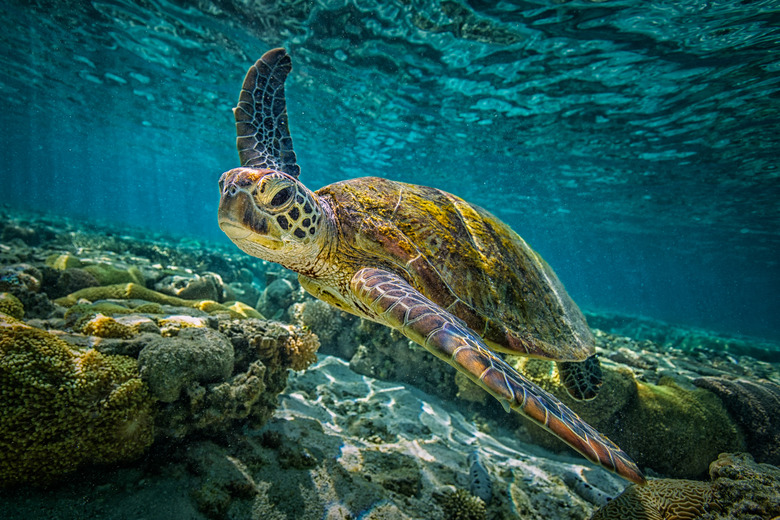Physical Address
Suite 5, 181 High Street,
Willoughby North NSW 2068
Physical Address
Suite 5, 181 High Street,
Willoughby North NSW 2068

Animals with shells—the majority of which are sea-based—come in a variety of shapes and sizes. People who love beach-combing commonly come across seashells, some of which might still have a sea creature in them. Just like the roof you live under, shells help house and protect animals from their environment.
Most of the seashells we know are part of a classification of animals collectively called “mollusks.” Clams, mussels and the triton or trumpet shell are just some of the invertebrates that belong to the phylum Mollusca. These are creatures without any backbones that have proportioned bodies containing a head, visceral hump, mantle and foot. In most mollusks, hard shells are mounted on the visceral hump and house their internal organs. The mantle secretes a sheet of tissue made of calcium carbonate and other minerals that eventually becomes the shell during the mollusks’ developmental process.
Turtles and tortoises are some of the best-known shell-dwelling creatures. The difference between them is that tortoises live on land while turtles prefer the water. Compared with the shells of mollusks and crustaceans, turtle and tortoise shells are part of their hosts endoskeletons and are actually composed of living cells, nerves and blood vessels. The shell surfaces are considered epidermal structures made of the protein keratin. The exoskeletons are made of calcium phosphate and, just like human bones, are constantly growing.